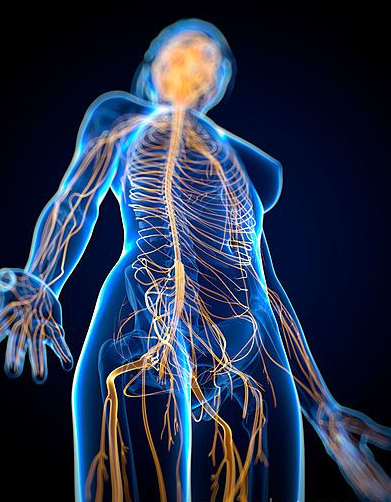Motor Control Requires Sensory Input
Motor Control Requires Sensory Input – ALWAYS!!
One of the major principles of the motor system is that motor control requires sensory input to accurately plan and execute movements. This principle applies to low levels of the hierarchy, such as spinal reflexes, and to higher levels. Our abilities to make movements that are accurate, properly timed, and with proper force depend critically on the sensory input that is ubiquitous at all levels of the motor system hierarchy.
The ease with which we make most of our movements belies the enormous sophistication and complexity of the motor system. Engineers have spent decades trying to make machines perform simple tasks that we take for granted, yet the most advanced robotic systems do not come close to emulating the precision and smoothness of movement, under all types of conditions, that we achieve effortlessly and automatically. How does the brain do it? Although many of the details are not understood, two broad principles appear to be key concepts toward understanding motor control:
Functional Segregation. The motor system is divided into a number of different areas that control different aspects of movement (a “divide and conquer” strategy). These areas are located throughout the nervous system. One of the key questions of research on motor control is to understand the functional roles played by each area;
Hierarchical Organization. The different areas of the motor system are organized in a hierarchical fashion. The higher-order areas can concern themselves with more global tasks regarding action, such as deciding when to act, devising an appropriate sequence of actions, and coordinating the activity of many limbs. They do not have to program the exact force and velocity of individual muscles, or coordinate movements with changes in posture; these low-level tasks are performed by the lower levels of the hierarchy.
The motor system hierarchy consists of 4 levels: the spinal cord, the brain stem, the motor cortex, and the association cortex. It also contains two side loops: the basal ganglia and the cerebellum, which interact with the hierarchy through connections with the thalamus.
The spinal cord is the first level of the motor hierarchy. It is the site where motor neurons are located. It is also the site of many interneurons and complex neural circuits that perform the “nuts and bolts” processing of motor control. These circuits execute the low-level commands that generate the proper forces on individual muscles and muscle groups to enable adaptive movements. The spinal cord also contains complex circuitry for such rhythmic behaviors as walking. Because this low level of the hierarchy takes care of these basic functions, higher levels (such as the motor cortex) can process information related to the planning of movements, the construction of adaptive sequences of movements, and the coordination of whole-body movements, without having to encode the precise details of each muscle contraction.

